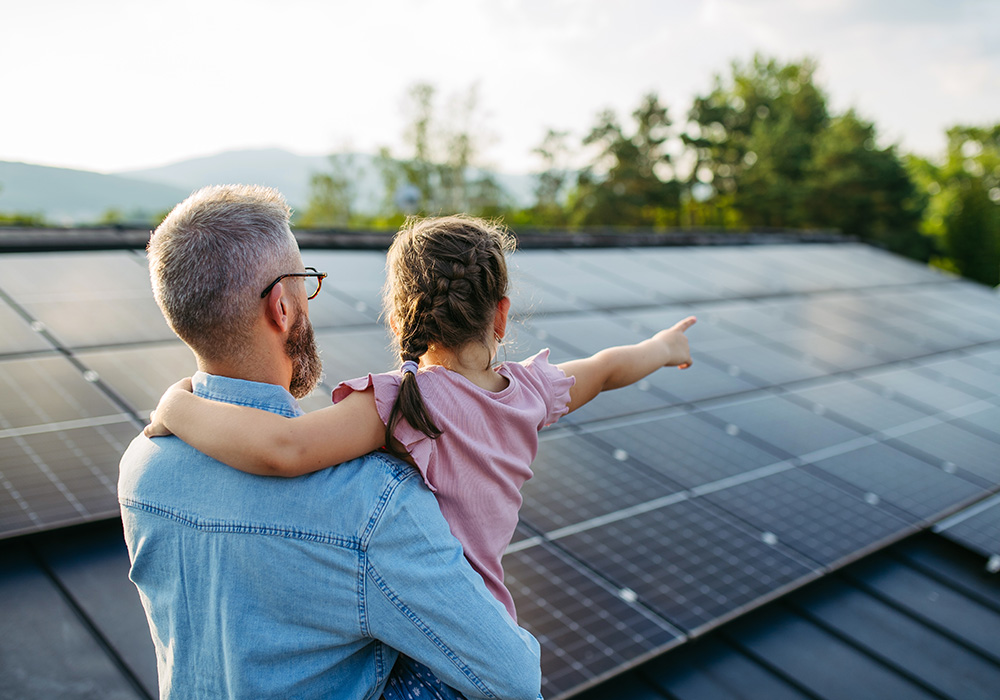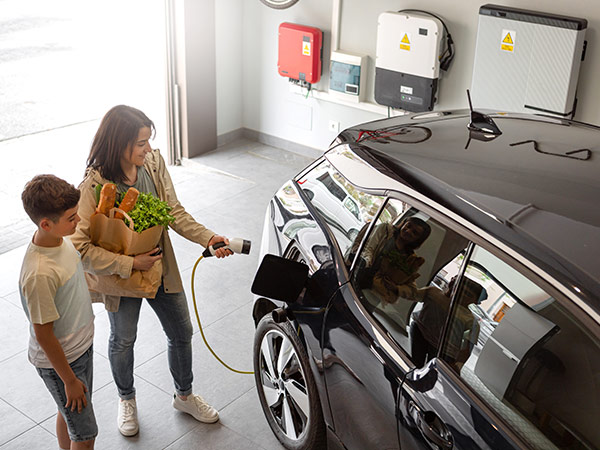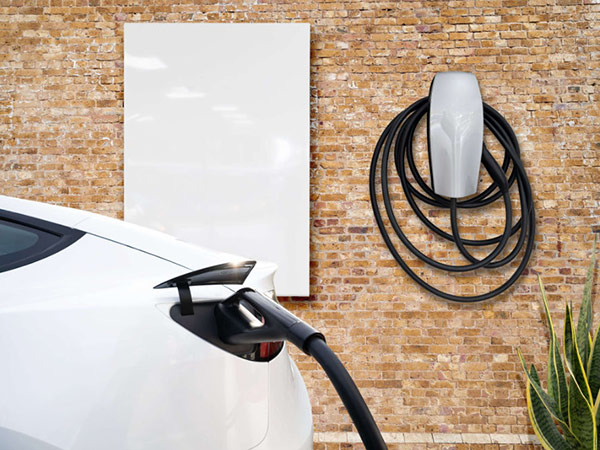Live comfortably in Australia’s harsh climate

What is a reverse-cycle air conditioner?
Sounds fancy - but simply, a reverse-cycle air conditioner does two things: it heats and it cools. It achieves this by moving existing heat from one place to another. It's significantly more efficient than traditional heating and cooling methods, which use an energy source such as gas or electricity to create heat. If you're not familiar with heat pumps, you already have at least one in your home: your refrigerator. It uses a refrigerant cycle to move or ‘pump’ heat from one place to another. Common reverse-cycle air conditioners are either mounted on your wall or ducted throughout the home.
Buying the right air conditioner
When you want to install or replace air conditioning units in your home, it is crucial to pick the right size. Having a bigger unit in a room is less of a problem because you can run it at a lower capacity. Ensuring the unit is big enough for your living space is essential to enjoy the room at the temperature you like.
Our free home assessment can help you pick the right size. You can use the guide below to determine the right size for your home.
2.5kW System
Suitable for a small bedroom or study area (up to 20㎡)
3.5 kW System
Suitable for a moderate bedroom with an ensuite (21㎡ to 40㎡)
7.2 kW System
Suitable for a moderate living room or kitchen area (41㎡ to 60㎡)

Save even more with government rebates
The NSW and Victorian governments have rebates for replacing your air conditioner and the amount depends on the type of system you are replacing. Complete our home scan to see how much the government will pay for replacing your system.

Better for your health and your home
Using gas inside your home, whether for heating or cooking, comes with health risks and can cause respiratory problems. Replacing gas heating systems is safer, healthier, and better for your back pocket.
A reverse-cycle air conditioner is a great choice for cooling and heating the air that you breathe as it functions as a heat pump and is efficient and safe. This means they are cheaper to run, safer, and more reliable than systems that rely on gas or electricity. Read here to see how they work, the costs and benefits of replacing your old system, and how you can access government rebates.
Frequently Asked Questions
Find answers to questions about heating and cooling your home.
What makes reverse-cycle air conditioning more efficient than traditional heating and cooling?
Can one system effectively heat and cool my entire home?
How should I set the temperature for maximum efficiency?
How does the size of my reverse-cycle AC impact energy efficiency?
What role does regular maintenance play in system efficiency?
Upgrade your home today!
Discover how 28Watt can help you save money and reduce your carbon footprint.